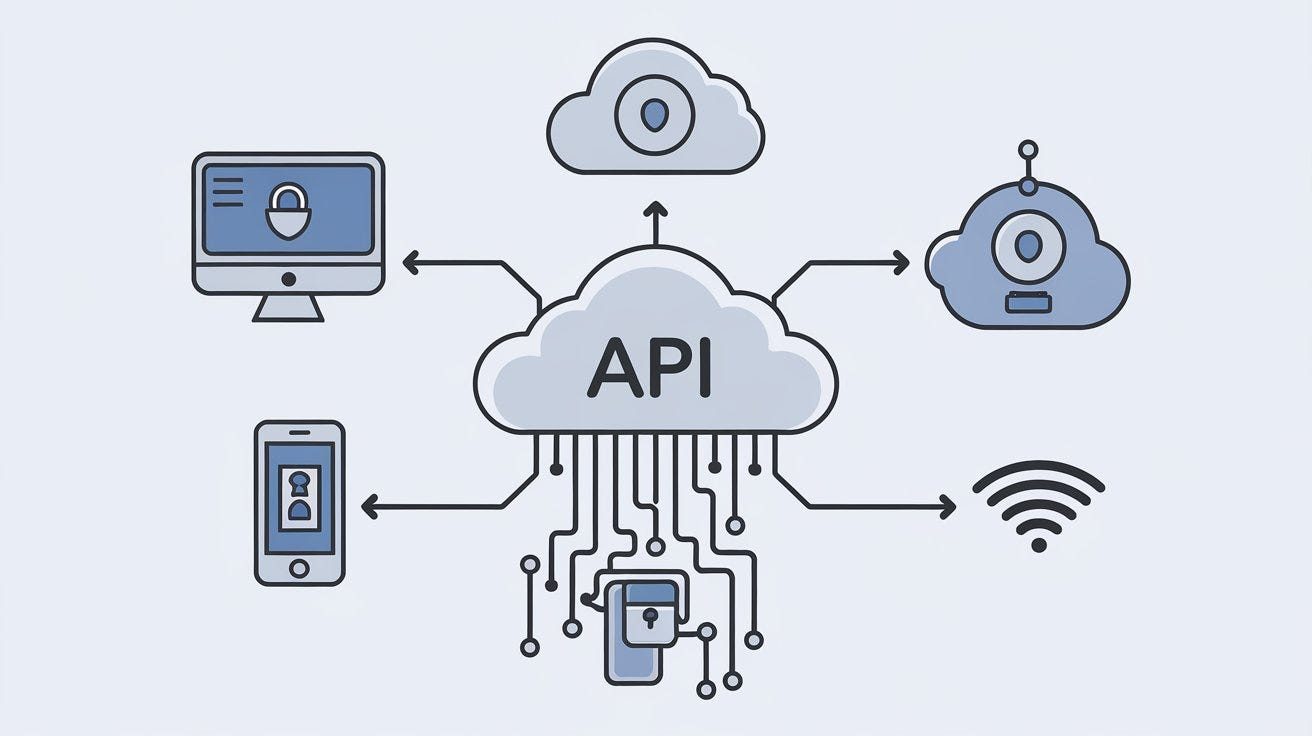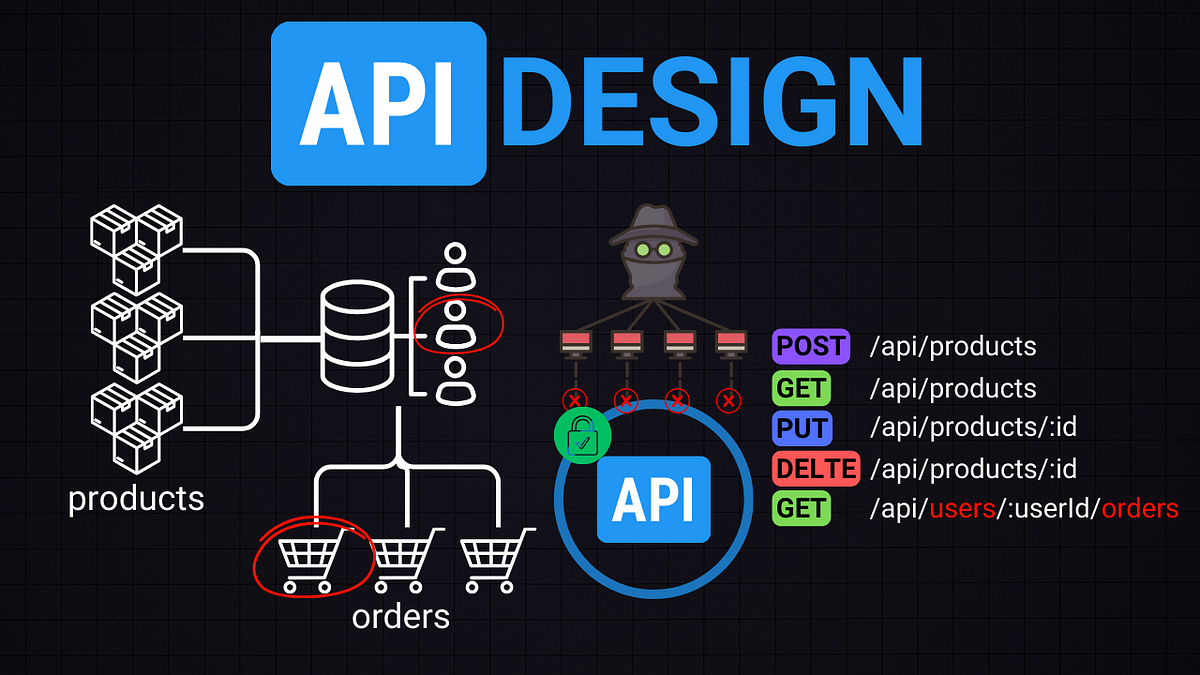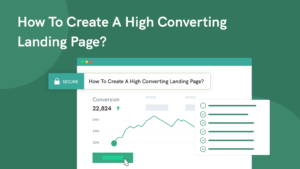In the fast-paced world of web development, delivering seamless, scalable, and interconnected applications is more important than ever. One approach that has gained significant traction in recent years is API-first development. This methodology prioritizes the design and development of Application Programming Interfaces (APIs) before building the actual application, ensuring flexibility, scalability, and consistency across platforms.
As we move further into 2025, API-first development is becoming a cornerstone of modern web development. In this article, we’ll explore what API-first development is, its key benefits, and how it’s shaping the future of web development.
What is API-First Development?
API-first development is an approach where APIs are designed and developed before the application itself. Instead of treating APIs as an afterthought, this methodology places them at the center of the development process. The goal is to create robust, reusable, and well-documented APIs that can serve as the foundation for multiple applications, platforms, and devices.
Key principles of API-first development include:
- Design-First: APIs are designed before any code is written, often using tools like OpenAPI or Swagger.
- Reusability: APIs are built to be reusable across different applications and platforms.
- Consistency: APIs follow consistent standards and conventions, making them easier to use and maintain.
- Documentation: APIs are thoroughly documented to ensure developers can easily understand and integrate them.
Why is API-First Development Important in [2025]?
1. Multi-Platform Compatibility
In today’s multi-device world, users expect seamless experiences across web, mobile, and other platforms. API-first development ensures that your application can easily integrate with various platforms, providing a consistent user experience.
2. Faster Development
By designing APIs first, development teams can work in parallel. Front-end and back-end developers can start building their respective components simultaneously, reducing development time.
3. Scalability
API-first development allows businesses to scale their applications more efficiently. APIs can be reused and extended to support new features, platforms, or services without rewriting the entire application.
4. Improved Collaboration
API-first development fosters collaboration between teams. Clear API specifications ensure that everyone is on the same page, reducing misunderstandings and errors.
5. Future-Proofing
APIs designed with future needs in mind are more adaptable to changes in technology or business requirements. This future-proofs your application and reduces the risk of costly rewrites.
Key Benefits of API-First Development
1. Enhanced Flexibility
API-first development allows businesses to adapt quickly to changing requirements. APIs can be easily modified or extended to support new features or integrations.
2. Better User Experience
By ensuring consistent and reliable APIs, businesses can deliver a seamless user experience across all platforms and devices.
3. Cost-Effectiveness
Reusable APIs reduce development costs by eliminating the need to build new integrations from scratch. They also minimize maintenance efforts, as updates can be applied centrally.
4. Improved Security
API-first development encourages the implementation of robust security measures, such as authentication and encryption, from the outset.
5. Ecosystem Integration
APIs enable businesses to integrate with third-party services, creating a more comprehensive and valuable ecosystem for users.
How to Implement API-First Development
1. Define Your Requirements
Start by identifying the needs of your application and its users. What data and functionality will your APIs need to provide? What platforms and devices will they support?
2. Design Your APIs
Use tools like OpenAPI or Swagger to design your APIs. Focus on creating clear, consistent, and well-documented APIs that meet your requirements.
- Endpoints: Define the endpoints and their methods (GET, POST, PUT, DELETE).
- Data Models: Specify the data structures and formats (e.g., JSON, XML).
- Authentication: Implement secure authentication mechanisms (e.g., OAuth, API keys).
3. Develop and Test
Once your API design is finalized, start developing and testing your APIs. Use tools like Postman or Swagger UI to test your APIs and ensure they work as expected.
- Unit Testing: Test individual API endpoints for functionality and performance.
- Integration Testing: Ensure APIs work seamlessly with other components of your application.
4. Document Your APIs
Thorough documentation is essential for API-first development. Provide clear instructions, examples, and use cases to help developers understand and integrate your APIs.
- API Documentation Tools: Use tools like SwaggerHub or Postman to generate and maintain documentation.
- Interactive Documentation: Provide interactive documentation that allows developers to test APIs directly from the documentation.
5. Monitor and Optimize
Once your APIs are live, monitor their performance and usage. Use analytics tools to identify bottlenecks, errors, or areas for improvement.
- Performance Monitoring: Track response times, error rates, and usage patterns.
- Feedback Loop: Gather feedback from developers and users to continuously improve your APIs.

Real-World Examples of API-First Development
1. Stripe
Stripe is a prime example of API-first development. Its well-documented APIs allow businesses to easily integrate payment processing into their applications, providing a seamless experience for users.
2. Twilio
Twilio offers APIs for communication services like SMS, voice, and video. Its API-first approach enables developers to quickly add communication features to their applications.
3. Shopify
Shopify uses APIs to allow businesses to customize their e-commerce platforms. Its API-first approach ensures flexibility and scalability for merchants.
Conclusion
API-first development is transforming modern web development by prioritizing flexibility, scalability, and consistency. By designing and developing APIs before building the application, businesses can create robust, reusable, and future-proof solutions that meet the demands of today’s multi-platform world.
As we move further into 2025, the adoption of API-first development is expected to grow, offering new opportunities for innovation and efficiency. By embracing this approach, businesses can build applications that are not only powerful and scalable but also adaptable to the ever-changing digital landscape.
Read More: The Role of DevOps in Modern Web Development
High-Authority External Links:
- OpenAPI Specification – A comprehensive guide to designing APIs using the OpenAPI Specification.
- Postman API Platform – A tool for testing, documenting, and monitoring APIs.




